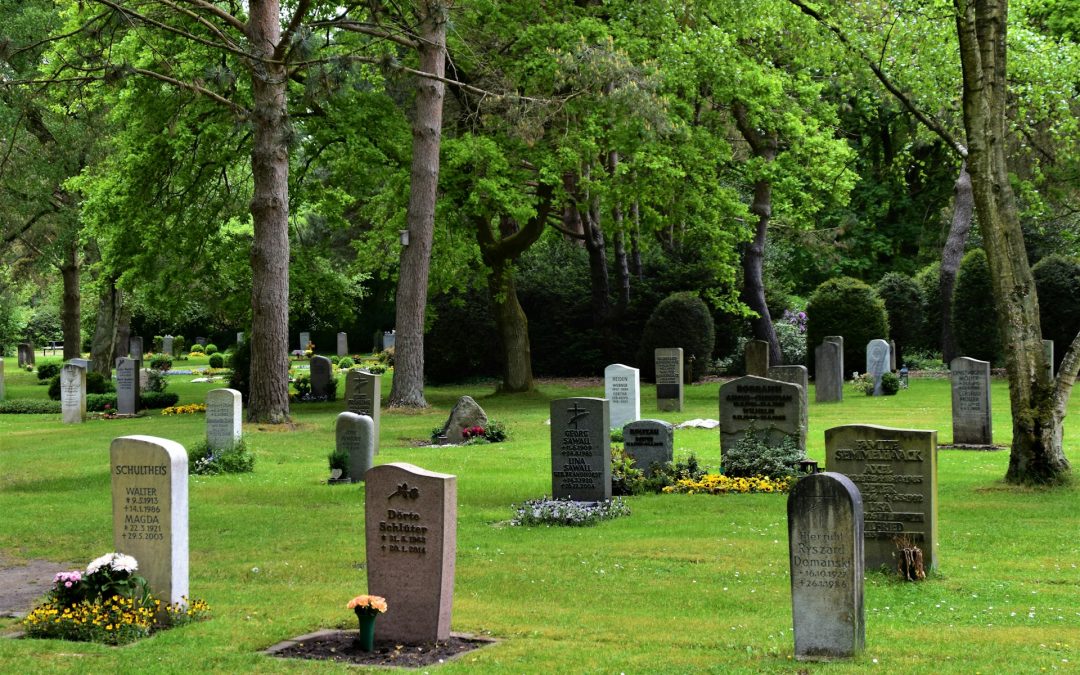Choosing a headstone is a significant decision for honoring a loved one’s memory. It’s a lasting tribute that will mark their final resting place for generations to come. However, before selecting a headstone, it’s crucial to understand the rules and regulations set forth by the cemetery. These guidelines can vary widely and may impact the size, style, material, and placement of the monument.
Why Do Cemeteries Have Rules and Regulations?
Cemeteries establish rules and regulations for several reasons:
- Maintain Aesthetics: Regulations help ensure the cemetery maintains a cohesive and respectful appearance.
- Ensure Uniformity: Rules can prevent overcrowding and maintain a consistent look throughout the grounds.
- Facilitate Maintenance: Guidelines ensure that maintenance crews can easily access and care for the grounds, including mowing, trimming, and landscaping.
- Preserve Historical Integrity: Older cemeteries, in particular, may have rules in place to preserve their historical character and protect older monuments.
- Prevent Safety Hazards: Regulations can help prevent safety issues that might arise from excessively large or improperly installed headstones.
Key Areas of Cemetery Rules and Regulations
Here are some of the most common areas where cemeteries have specific rules and regulations:
1. Headstone Size and Dimensions
- Cemeteries often restrict the height, width, and thickness of headstones. These restrictions may vary depending on the section of the cemetery, the type of plot (single, double, or family), and whether it’s a ground-level or upright monument.
2. Headstone Style and Design
- Some cemeteries may limit the style of headstones, such as prohibiting certain shapes, colors, or finishes. They might also restrict the use of specific symbols or inscriptions deemed inappropriate or offensive.
3. Headstone Materials
- The materials allowed for headstones can vary. Granite, marble, and bronze are common choices, but some cemeteries may restrict the use of certain materials due to durability, maintenance, or aesthetic concerns.
4. Headstone Placement and Orientation
- Cemeteries usually have specific rules about where headstones can be placed on a plot and the direction they must face. These regulations ensure uniformity and ease of access for visitors and maintenance crews.
5. Headstone Foundations
- Most cemeteries require headstones to be installed on a proper foundation to ensure stability and prevent sinking or shifting. The cemetery may have specific requirements for the size, depth, and materials used for the foundation.
6. Inscriptions and Lettering
- While cemeteries generally allow personalized inscriptions, they may have guidelines regarding the size, font, and style of lettering. Some cemeteries may also restrict the use of certain phrases or messages.
7. Decorations and Embellishments
- Cemeteries often have rules about what types of decorations can be placed around a headstone. These may include restrictions on:
- Flowers (fresh or artificial)
- Vases
- Flags
- Photos
- Toys
- Fencing
- Lighting
- Seasonal decorations
8. Installation and Maintenance
- Cemeteries may have specific rules regarding who is authorized to install headstones. They may also outline the cemetery’s responsibilities for ongoing maintenance and care of the monuments.
9. Fees and Permits
- In addition to the cost of the headstone itself, cemeteries typically charge fees for:
- Plot purchase
- Installation
- Endowment care (long-term maintenance)
- Permits
How to Find Cemetery Rules and Regulations
- Contact the Cemetery Office: The most reliable way to obtain information about cemetery rules and regulations is to contact the cemetery office directly. They can provide you with a copy of their guidelines or answer any specific questions you may have.
- Visit the Cemetery Website: Many cemeteries have websites that include information about their rules and regulations. Look for sections on “Guidelines,” “Rules and Regulations,” or “Policies.”
- Consult with a Funeral Home or Monument Provider: Funeral homes and monument providers like Shastone are familiar with local cemetery regulations and can help you navigate the process.
Working with Shastone
Shastone is experienced in working with families to create beautiful and enduring headstones that comply with cemetery regulations. We understand the importance of honoring your loved one’s memory with a fitting tribute, and we are here to guide you through every step of the process. We will:
- Help you understand the specific rules and regulations of the cemetery where your loved one is interred.
- Ensure that your chosen headstone meets all the cemetery’s requirements.
- Handle all necessary permits and paperwork.
- Provide professional installation services.
By understanding and adhering to cemetery rules and regulations, you can ensure that your loved one’s headstone will stand as a lasting symbol of remembrance for generations to come.

